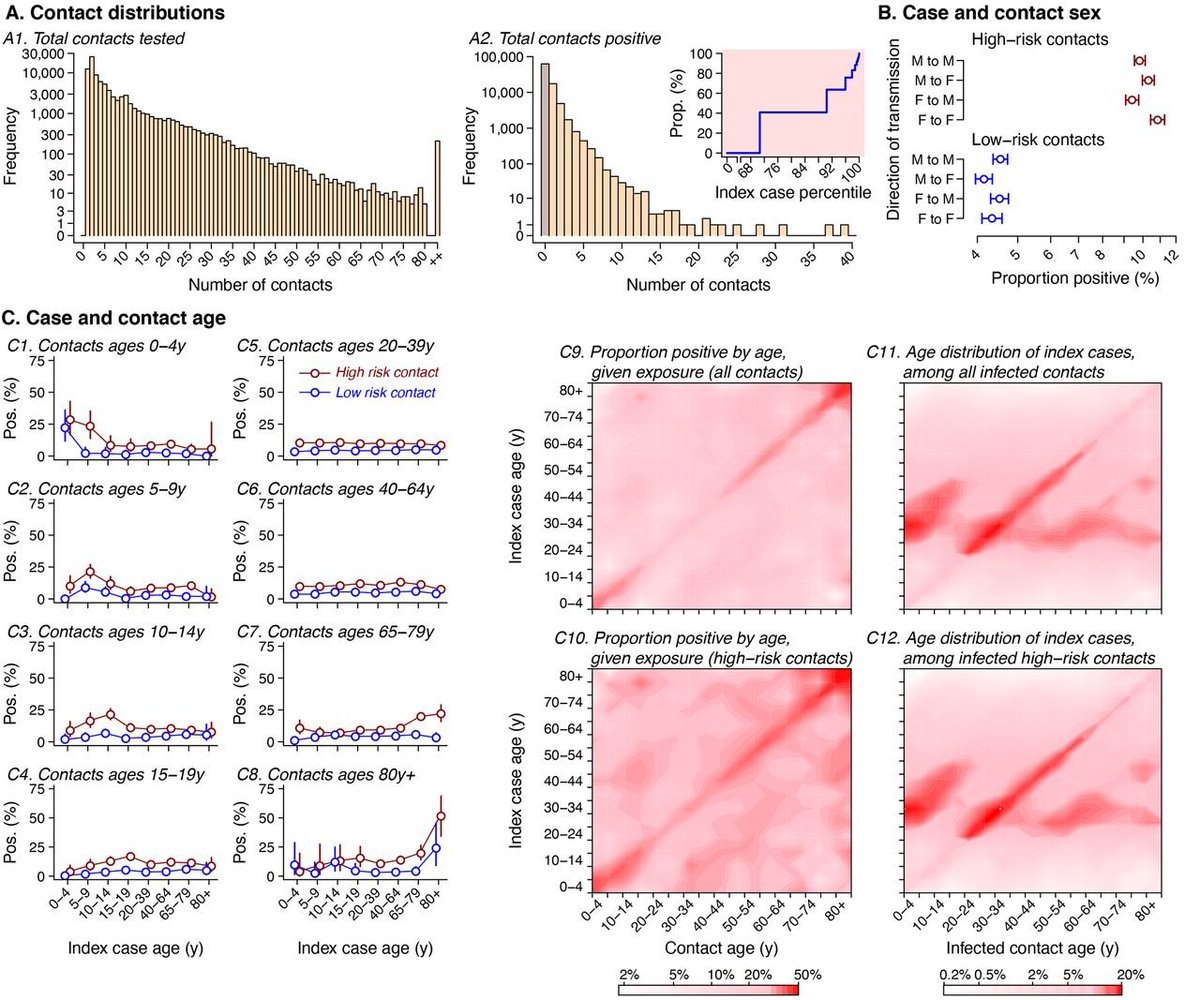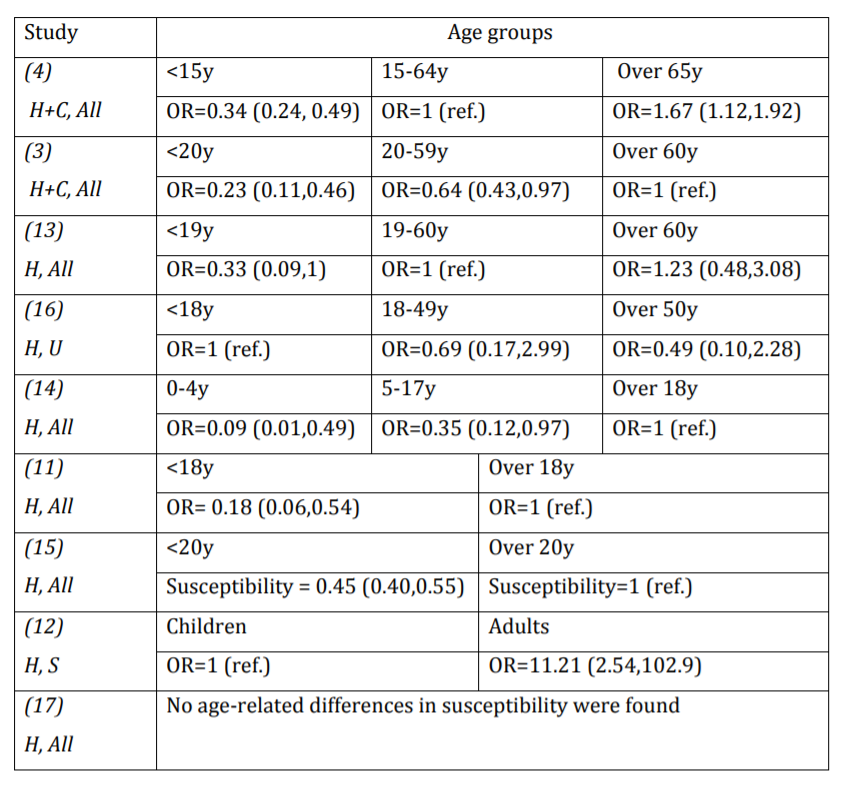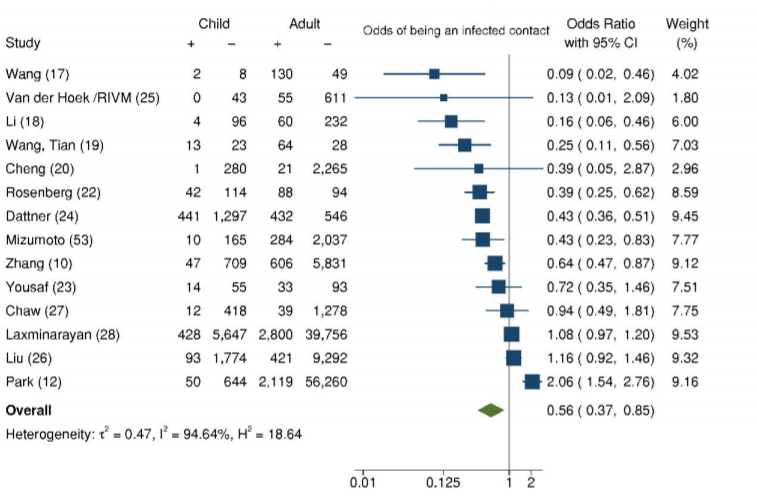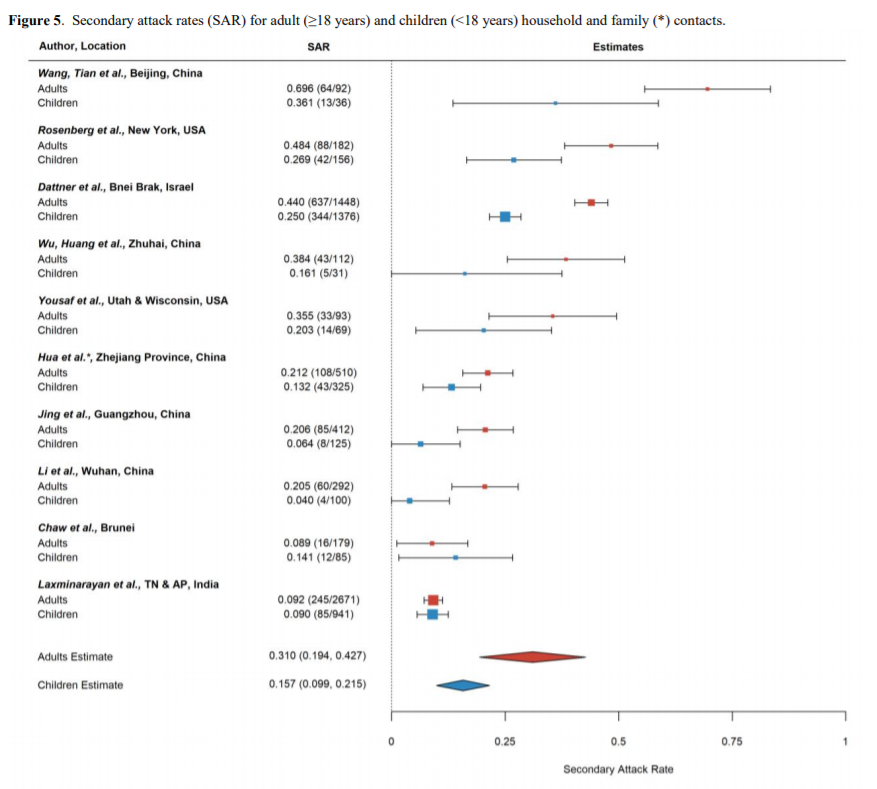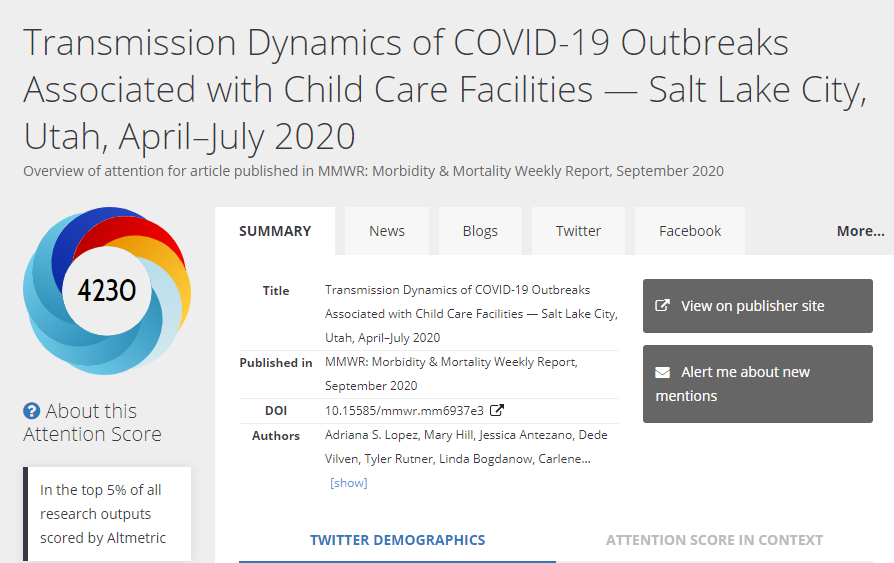
Quick thread on latest @ONS infection survey data, which is very informative!
FYI: the survey involves mass random population testing for #COVID19 in England and Wales, so is not biased by symptoms/test seeking - so very useful indeed!
1/7
FYI: the survey involves mass random population testing for #COVID19 in England and Wales, so is not biased by symptoms/test seeking - so very useful indeed!
1/7
I can't go any further without pointing out the massive regional disparities between the north and south of England
Whilst not completely straight forward, this is likely in part due to socioeconomic differences which we know influence effects of disease transmission
2/7
Whilst not completely straight forward, this is likely in part due to socioeconomic differences which we know influence effects of disease transmission
2/7
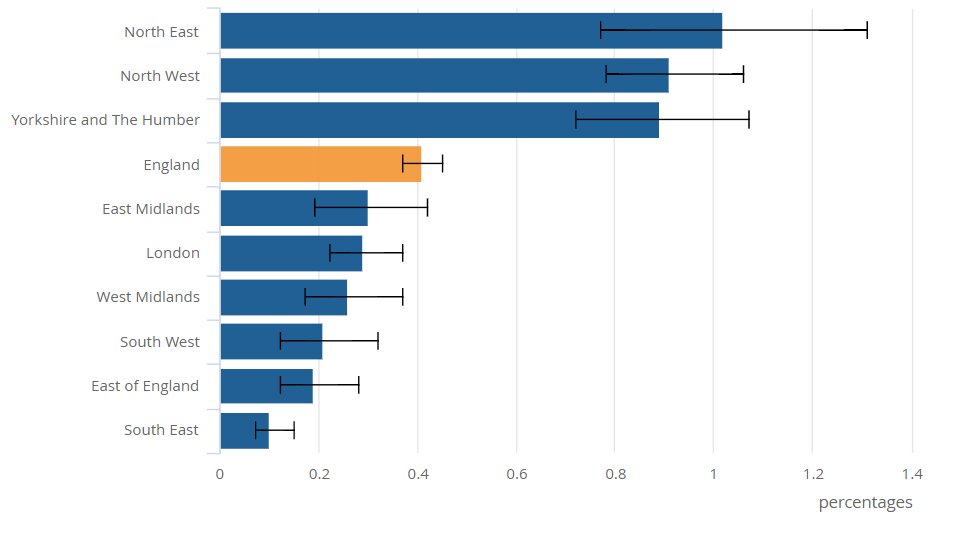
But of course, I'm interested in the KIDS!
Schools open for nearly 6 weeks with fairly limited infection mitigation, and cases rising exponentially across the country
What's happening with primary school age kids?
Not much at all
Even I am surprised about that
3/7
Schools open for nearly 6 weeks with fairly limited infection mitigation, and cases rising exponentially across the country
What's happening with primary school age kids?
Not much at all
Even I am surprised about that
3/7
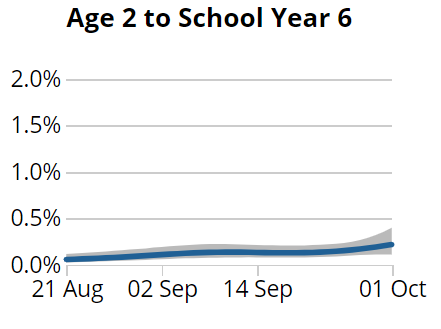
Well we've heard a lot about young adults, what's going on there?
Oh crumbs
Turns out, what little kids are to flu, young adults are to #SARSCoV2
This is where all the action is
4/7
Oh crumbs
Turns out, what little kids are to flu, young adults are to #SARSCoV2
This is where all the action is
4/7
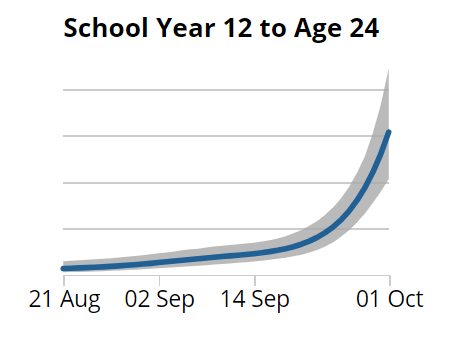
So what about secondary aged kids?
Not awful, but not going the right way. Big difference from primary age at least.
My contacts at @PHE_uk tell me most cases in schools are isolated and outbreaks only small, so I imagine a lot of this is due to community spread leaking in
5/7
Not awful, but not going the right way. Big difference from primary age at least.
My contacts at @PHE_uk tell me most cases in schools are isolated and outbreaks only small, so I imagine a lot of this is due to community spread leaking in
5/7
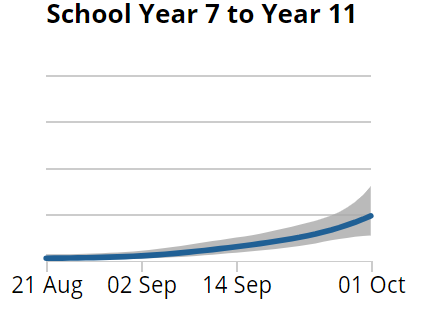
What does this mean?
Primary schools look unlikely to be a bother (???could even relax isolation restrictions) - clear evidence young children less effected
Secondary school rise best combatted by reducing community spread. Need to get it down; young adult transmission key
6/7
Primary schools look unlikely to be a bother (???could even relax isolation restrictions) - clear evidence young children less effected
Secondary school rise best combatted by reducing community spread. Need to get it down; young adult transmission key
6/7
FYI this is why you MUST be careful with age bins
People focussed about increasing cases in "10 - 19yo" miss that the vast majority of this is in the 16-19yo group, not schools
@ONS right to focus on grouping by policy implication
They are a national treasure 🏆
7/7
People focussed about increasing cases in "10 - 19yo" miss that the vast majority of this is in the 16-19yo group, not schools
@ONS right to focus on grouping by policy implication
They are a national treasure 🏆
7/7
• • •
Missing some Tweet in this thread? You can try to
force a refresh

